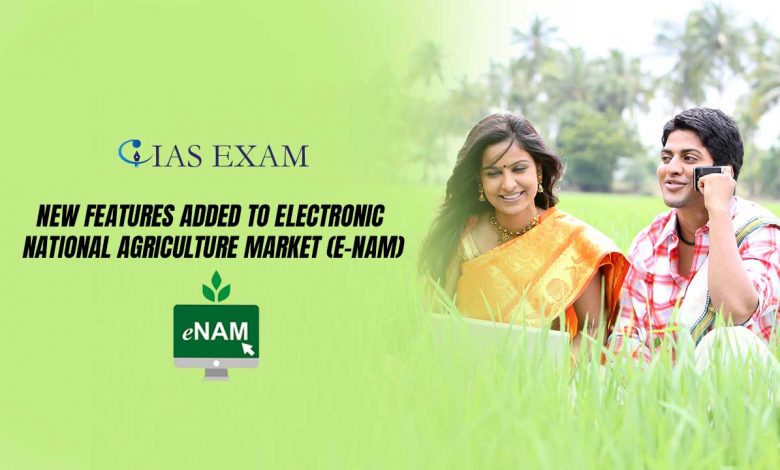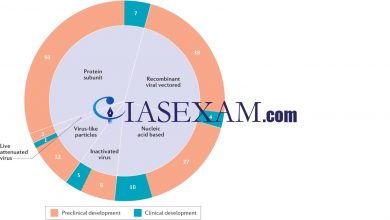New features added to electronic National Agriculture Market (e-NAM)

The Government recently added two new features on the electronic national agriculture market, also known as e-NAM platform so as to make it more convenient for growers to sell their produce at warehouses & collection centres established by farmer producer organizations (FPOs). The move is aimed at decongesting mandis as well as maintaining supply chains of vegetables and fruits.
Narendra Singh Tomar, Agriculture minister launched the new features of e-NAM that will strengthen agriculture marketing & reduce the need for cultivators to physically come to the mandis to sell their produce. The warehouse-based trading module in the e-NAM software would facilitate trading from the premises of warehouses, which will be based on negotiable warehouse receipts in electronic form or e-NWR whereas the other module will allow growers to get access to the e-NAM platform from the collection centers of FPOs.
Key Highlights
- An official said that “There is an urgent need to decongest mandis to effectively fight against Coronavirus. These two software modules would offer additional options for farmers to sell their crops”.
- Around 585 mandis in 16 states are already connected under e-NAM that was launched by the Centre in 2014. Tomar said that another 415 mandis will be brought soon under the platform.
- When a mandi is connected to the electronic national agriculture market, it gives a trading platform in its premise as an additional medium to the growers, apart from the traditional commission agent system.
- The agriculture ministry said that only warehouses, accredited by the Warehousing Development & Regulatory Authority would be eligible to provide the trading services once the states notify them as deemed markets. Until now, Andhra Pradesh (23 warehouses) and Telangana (14 warehouses) have declared designated warehouses as deemed markets.
- The farmer producer organizations trading module will help these organizations upload their produce from their premises / collection centres for bidding.
- They can also upload the assaying report & picture of the produce & quality parameters to help bidders, outside the state, to check the produce before bidding.
SOURCE: Krishijagran, PIB





.png)



